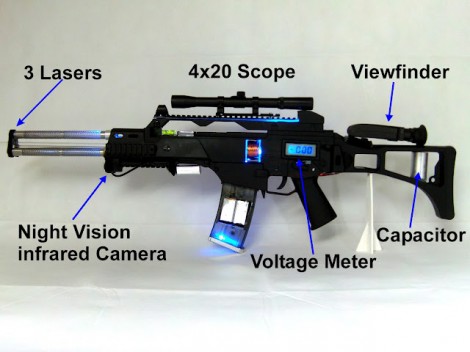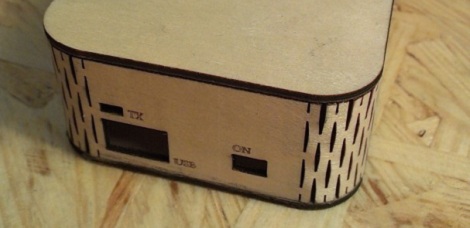Whatever candidate (if any) you’re in favor of, we could bet that you’re probably tired of seeing advertisements and political signs everywhere. [Mark] wrote in with a hack that allows you to actually use these signs for something fun, making a RC airplane!
[Mark] gives a full bill of materials in his article, but the featured component is campaign sign. This isn’t LawyerADay, so we’re not sure of the legality of taking them. After election day at least, it’s doubtful anyone will care. Of course you’ll also need a motor, prop, and RC controls, as well as some dowels to attach the tail section to the main body, so don’t buy the “campaign promise” that this is a free airplane.
CAD diagrams are available of the cutouts, as well as how to cut the signs to form hinges without any other parts. This is quite clever, and a video of the plane in action on a table is available on the site. According to [Mark], no video was rolling on its test flight, but it did fly before some interference grounded the plane. Hopefully he’ll be able to get some footage of it in action soon!


















